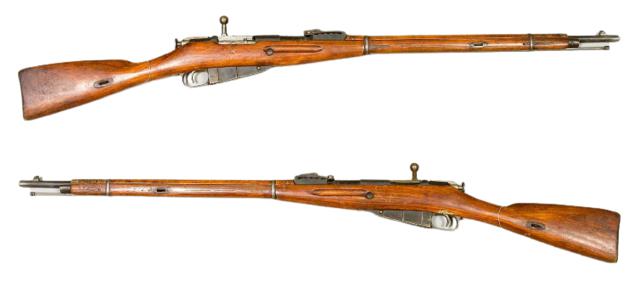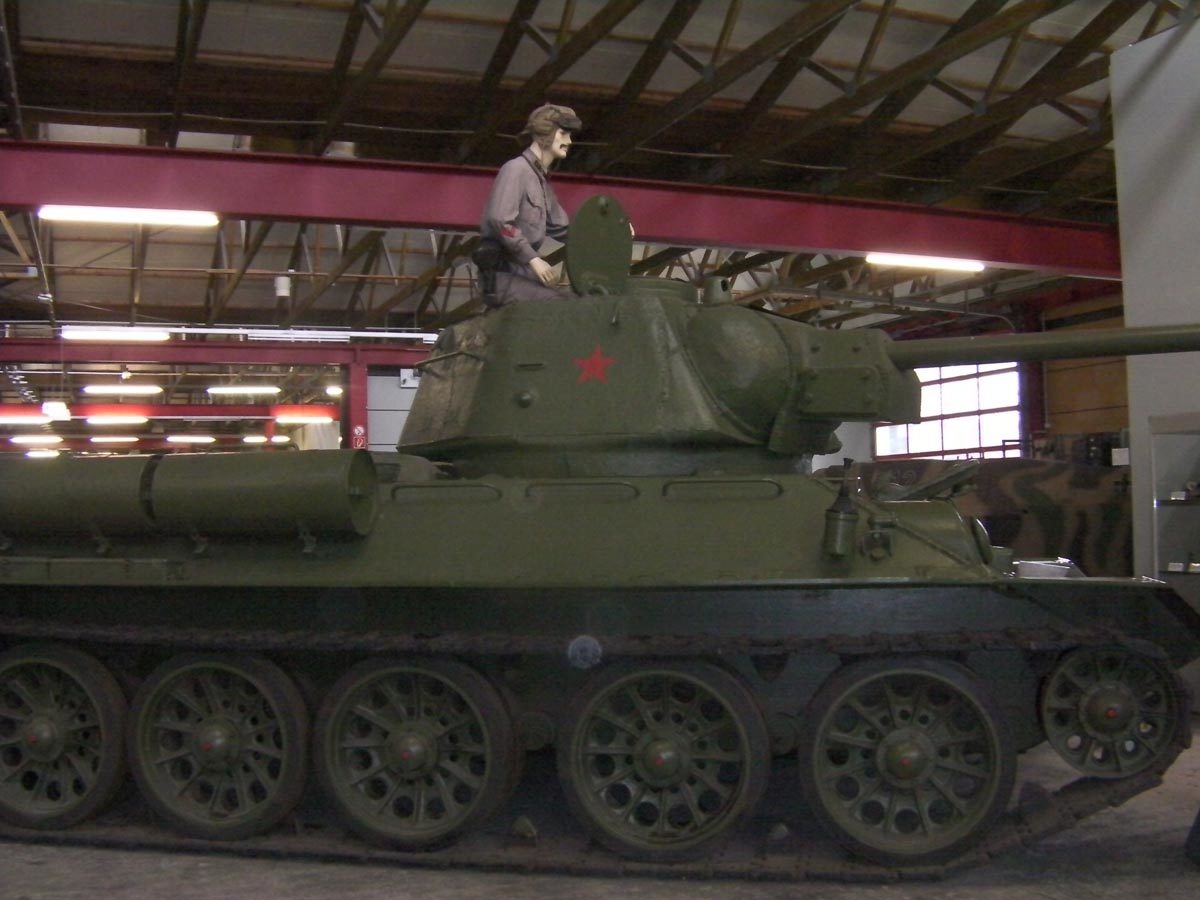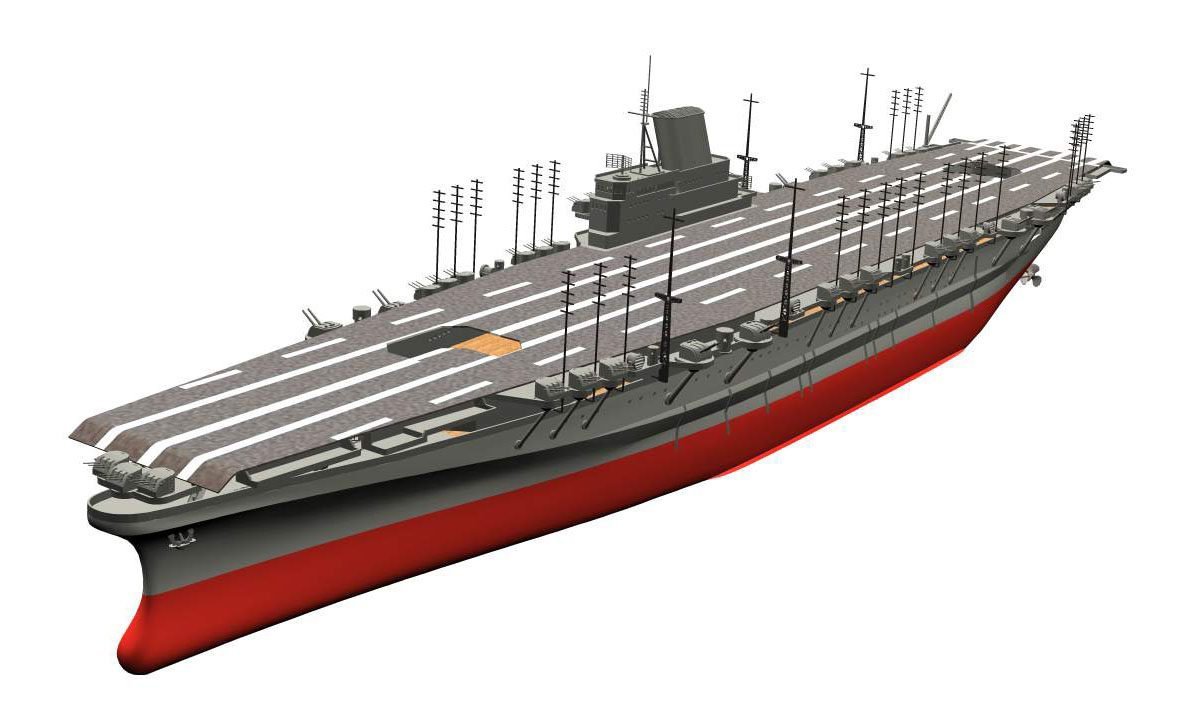Mosin-Nagant: The Russian Bolt-Action Rifle That Left Its Mark on History.
Few rifles have had as long and storied a history as the Mosin-Nagant. Designed in the late 19th century and serving through multiple conflicts well into the 21st century, this Russian bolt-action rifle has become an icon of military history. Used extensively during both World Wars and beyond, the Mosin-Nagant proved itself as a durable, powerful, and reliable firearm. Its longevity and effectiveness cemented its place in the arsenals of various nations and in the collections of firearm enthusiasts worldwide.
At ICB Firearms, we recognize the significance of legendary firearms like the Mosin-Nagant. Whether you’re a collector, historian, or shooter, the Mosin-Nagant remains a symbol of rugged reliability and military heritage. This article explores its origins, service history, design, and lasting legacy, highlighting why it continues to be a revered rifle among firearm enthusiasts.
Origins and Development
Table of Contents
The Need for a Modern Rifle
In the late 19th century, the Russian Empire found itself in need of a new rifle to replace aging single-shot weapons. The rapid advancements in firearm technology meant that nations were adopting bolt-action rifles capable of higher rates of fire and greater accuracy. Recognizing this necessity, the Russian military sought designs for a new service rifle.
The Collaboration Between Mosin and Nagant
The development of the rifle was a collaboration between Russian designer Sergei Mosin and Belgian firearms engineer Léon Nagant. While both submitted competing designs, the final rifle combined elements from both, leading to the creation of the Mosin-Nagant Model 1891. Officially adopted by the Russian Army in 1891, the rifle quickly became the standard-issue firearm for Russian infantry.
Initially, the design faced some controversy, as Mosin and Nagant each sought recognition for their contributions. However, the Russian government ultimately credited Mosin with the primary design while incorporating key features from Nagant’s submission, particularly in the magazine system.
Service History: A Rifle of Many Wars
World War I and the Russian Revolution
During World War I, the Mosin-Nagant saw extensive use by Russian forces. Despite production struggles, millions were manufactured to arm the massive Russian army. The rifle’s bolt-action mechanism, though slightly more cumbersome than some of its contemporaries, proved reliable in the muddy trenches and harsh conditions of the Eastern Front. Following the Bolshevik Revolution in 1917, the rifle continued to be used by both sides of the ensuing Russian Civil War, further solidifying its role in Russian military history.
World War II: The Mosin-Nagant’s Defining Conflict
By the time World War II erupted, the Soviet Union had introduced the Mosin-Nagant Model 1891/30, a modernized version featuring an improved sight system and simplified production methods. The rifle was used extensively on the Eastern Front, where Soviet snipers, such as Vasily Zaitsev, made legendary use of scoped Mosin-Nagants to deadly effect. The battlefields of Stalingrad, Leningrad, and Kursk were littered with these rifles, proving their resilience in the harshest conditions.
The Mosin-Nagant was also issued to Red Army infantrymen, who relied on its power and durability in intense urban and open-field combat. While semi-automatic rifles like the SVT-40 were introduced during the war, the Mosin-Nagant remained the primary rifle for Soviet forces due to its simplicity and ease of mass production.
Post-War Service and Global Influence
Even after World War II, the Mosin-Nagant remained in service with various nations, particularly those aligned with the Soviet Union. Many rifles were supplied to communist forces in Korea and Vietnam, seeing action in conflicts well into the late 20th century. The ruggedness of the rifle made it suitable for guerrilla warfare, where reliability in extreme conditions was paramount.
While eventually replaced by semi-automatic and automatic rifles, the Mosin-Nagant still found use in reserve units and as a sniper platform in some militaries. Some sniper variants continued to be used by military forces well into the late 20th century, a testament to the rifle’s effectiveness.
Design and Performance
Bolt-Action Durability
The Mosin-Nagant is a bolt-action rifle chambered for the powerful 7.62x54mmR cartridge, one of the longest-serving military cartridges in history. The rifle’s action is known for its ruggedness, capable of functioning in extreme conditions, from the frozen battlefields of Russia to the humid jungles of Vietnam. The simple yet robust design allows it to withstand rough handling and minimal maintenance.
Magazine and Ammunition
The rifle features a five-round internal magazine loaded via stripper clips, allowing for faster reloading compared to single-shot weapons of the past. The 7.62x54mmR cartridge offers excellent stopping power, making the Mosin-Nagant effective for both infantry use and sniper applications. Despite its rimmed cartridge design, which some consider outdated, the Mosin-Nagant remains a powerful and effective firearm.
Variants and Modifications
Over its long history, the Mosin-Nagant underwent various modifications, including:
- M91/30: The most common variant, used extensively during World War II.
- M38 and M44 Carbines: Shorter versions designed for cavalry and close-quarters combat.
- Sniper Variants: Fitted with PU scopes, these rifles played a crucial role in Soviet sniper tactics during World War II.
- Finnish Variants: Captured Mosin-Nagants were often reworked by Finland, producing some of the most accurate versions of the rifle.
Enduring Legacy
Collector’s Item and Civilian Use
Today, the Mosin-Nagant remains popular among collectors and shooting enthusiasts. Its affordability, historical significance, and powerful cartridge make it a sought-after firearm for those interested in military history and marksmanship. Many surplus rifles have entered the civilian market, allowing enthusiasts to own a piece of history.
While the rifle’s recoil can be stout, and its bolt-action can feel somewhat stiff compared to modern designs, many shooters appreciate the challenge and historical feel of firing a Mosin-Nagant. Ammunition availability, while not as widespread as in past decades, still allows enthusiasts to enjoy shooting these iconic rifles.
Cultural Impact
The rifle’s role in countless wars, its use by legendary snipers, and its association with major historical events have made the Mosin-Nagant a symbol of resilience and power. It has appeared in numerous films, books, and video games, further cementing its status as one of history’s most iconic rifles. Its presence in pop culture continues to introduce new generations to its historical significance.
Conclusion
The Mosin-Nagant is more than just a rifle—it is a testament to durability, adaptability, and historical significance. From the battlefields of the Eastern Front to the hands of modern-day collectors, this legendary bolt-action rifle continues to captivate firearms enthusiasts worldwide. Despite being over a century old, the Mosin-Nagant’s legacy endures, ensuring its place in military and firearms history for generations to come. Whether as a battlefield relic, a hunting rifle, or a historical collector’s piece, the Mosin-Nagant remains an enduring symbol of power and resilience.







